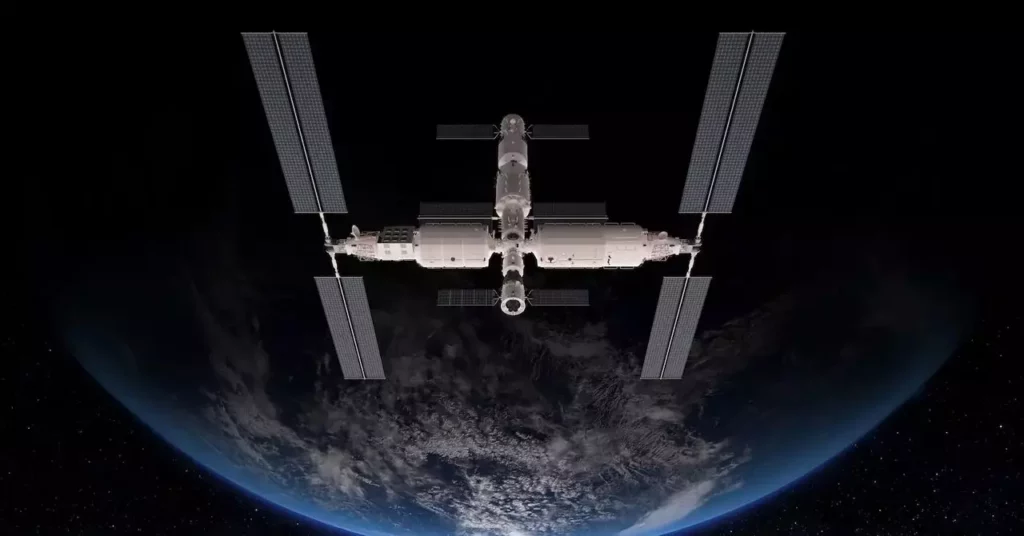In a surprising turn of events, Firaxis has chosen to reinvent the landscape of Civilization 7 by introducing ten groundbreaking resources that promise to reshape the way players engage with the game. This is no mere update; it’s a paradigm shift that could redefine strategic decision-making in unprecedented ways. Each new resource comes with unique narrative events, which opens avenues for deeper storytelling and immersion, elements that many strategy games struggle to master. The randomized resource generation system contrasts sharply with conventional systems that often feel stale and predictable. By ensuring that resources are tied to different continents and hemispheres, Firaxis is incentivizing adventurous exploration and trade, essential pillars of the Civilization series that had begun to feel routine.
Players can no longer rely on the same predictable resources to guide their development; they must adapt their strategies based on what they discover. Some might argue that this adds unnecessary complication, but I would contend that the complexity feels earned rather than arbitrary, deepening the strategic experience that fans have come to cherish. This approach could engage players on multiple levels, prompting a rich interplay between resource management and geographical exploration. The question remains whether all players will welcome this complexity or if it will deter newer entrants into the franchise. For seasoned strategists, however, the transformation is a welcome evolution.
Revamping Food Mechanics for Real Growth
Food mechanics have long been a finicky aspect of Civilization games, often serving as stumbling blocks for players eager to expand their empires. Firaxis’s addressing of these mechanics deserves commendation. Many in the community have voiced frustrations about the challenges associated with rural population growth, especially in mid to late-game phases. The patches that aim to facilitate smoother population scaling are not just beneficial; they redefine the very nature of growth. Players can now develop thriving rural communities that can compete with urban centers, thus creating a more balanced society.
It’s a critical adjustment that allows for dynamic gameplay where farming and rural practices are given their due importance. I can’t help but feel that this change is not merely practical but strategic, aligning with the core themes of Civilization while also breathing new life into an aspect that had grown tedious. What remains to be seen, however, is whether this will make the game too easy for expert players. Surely, Firaxis will need to ensure that the allure of rural development doesn’t overpower the system, maintaining a level of challenge that players crave.
Endless Play Mode: A New Frontier
Perhaps the most revolutionary addition to the game is the much-anticipated “endless play mode.” This feature grants players the freedom to extend their campaigns beyond the constraints of a calendar year, delving into a post-modern era few have dared to explore. With the “Just One More Turn” mechanic, a crystallized cry from the hearts of many dedicated gamers, Firaxis is not just extending gameplay; it is redefining the essence of what it means to “win” a Civilization game.
For those who find joy in maximizing their civilization’s potential, this endless mode could prove intoxicating. I argue that this feature satisfies a psychological need for players—an irresistible desire to keep pushing boundaries and expanding horizons. By removing the traditional victory conditions, Firaxis allows players to indulge in a more creatively fulfilling experience, one that places value on imaginative storytelling over mere numbers and metrics. Yet, this shift may leave some more competitive players seeking structure rather than the freeform gameplay that endless mode offers.
Community-Centric Multiplayer Features
Returning to a focus on multiplayer elements, the revival of team-based gameplay is an exciting step towards fostering collaboration and community engagement. Friends can strategize on a grand scale, allowing for shared victories that compound the enjoyment of the game. The tension between competition and collaboration is thrilling when players come together, and Firaxis has acknowledged the demand for these community-centric features.
Additionally, introducing quality-of-life improvements—like the long-requested “repair all” feature—shows a commitment to enhancing user experience. While some may dismiss these as minor fixes, they are symptomatic of a developer listening closely to its community. Being responsive to player feedback is not just a good practice; it’s a necessity in today’s gaming landscape. By bridging gameplay improvements with community requests, Firaxis is building a game that resonates deeply with its audience, ensuring that Civilization 7 evolves into something far more compelling than its predecessors.
As the release date approaches, the anticipation surrounding these updates serves as a reminder that the heart of Civilization remains a complex tapestry of ambition, tactical acumen, and, most importantly, the relationships we forge within its sprawling environments. Whether these changes will satisfy both casual and hardcore fans remains to be seen, but they are certainly stirring the pot in a way that has the potential to elevate the entire franchise.









Leave a Reply